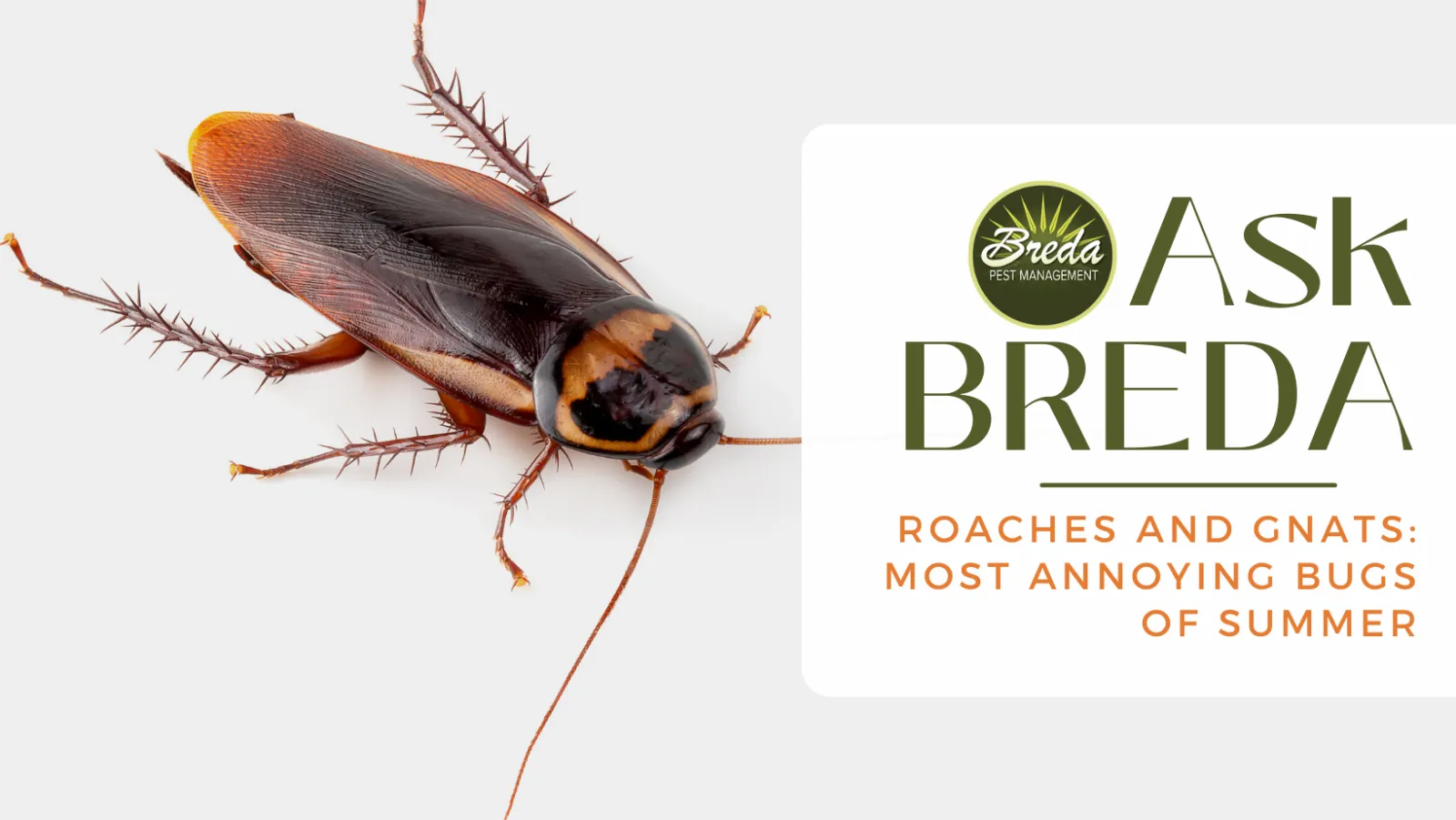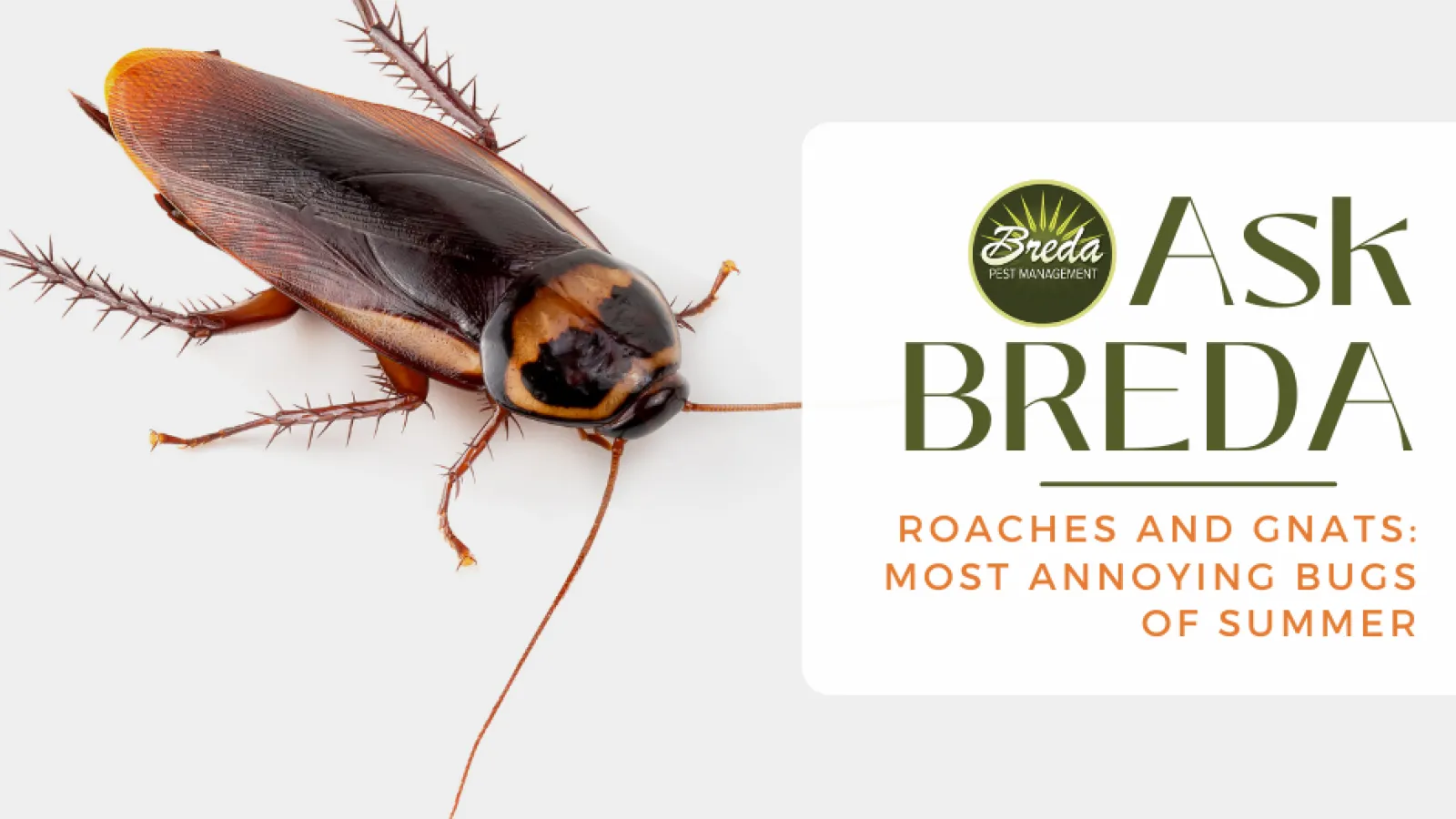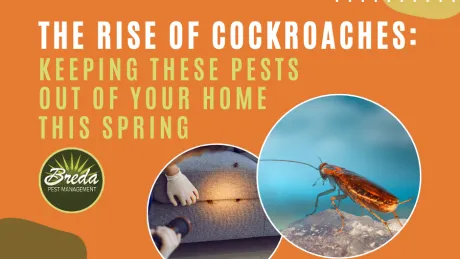
We love providing Metro Atlanta homeowners with superior pest control service and top-notch information on how to combat common insects and critters in Georgia. But we also know that sometimes you just have a random question you'd love a quick answer for.
If you've got a pest question, reach out to us on Facebook and Instagram with your question and use the hashtag #AskBREDA. Then check back to the blog each month to see if we tackle your question!
This month, we received these questions:
Question: What's the difference between a roach and a palmetto bug?
Nothing! Southerners love to call summer's flying brown porch light addicts "palmetto bugs," when in reality they are either a Smoky Brown or American cockroach. As summer rains and sprinkler run-off pairs with the ultra humid weather of a Georgia summer, cockroaches come into their prime and find many damp and dark places in which to make their summer homes. What's unique about Smoky Brown and American cockroaches is that they fly (yep, we are cringing with you) and their favorite summer activity is to fly at lights at night. So the next time you flip on the porch light and go to head outside to enjoy the cooler night temperatures, don't forget to bob and weave! Just kiddingâ¦but really, be ready to swat away these light-obsessed bugs.
Question: Why do I have gnats in my house and how do I get rid of them?
Gnats have a way of appearing out of nowhere and multiplying by the hundreds every minute. There are a wide variety of gnats but ones that Georgia homeowners commonly deal with indoors are phorid flies, drain flies, fungus gnats or fruit flies. Each of those fall under the "Diptera" order and where you find them in your house will help you identify how you can control and eliminate their population.
All gnats love organic matter, but phorid flies and fruit flies are primarily located where there is rotting or decaying organic matter, like your kitchen sink drain, compost container, or trash can. To control your existing population, you can set out DIY traps that include vinegar and dish soap, or set out yellow sticky traps around the area where you keep fruit, the trash can, or near the kitchen sink. Drain flies are slightly different because they seek out and thrive in stagnant water, like what they usually will find in seldom-used sinks. Get rid of the standing or stagnant water and you will get rid of drain flies.
Fungus gnats typically come from houseplants that are watered before their top inch or two of soil has been allowed to dry. The moisture is like a homing beacon to fungus gnats, who will quickly lay eggs in the soil, which grow into larvae that leech off the plant's roots and cause your plant to wilt and struggle to thrive. Then the larvae turn into flying adults and the cycle continues. Yellow sticky traps will again work well on fungus gnats, but for long-term control, you need to treat your houseplant's soil and then make sure to let the soil dry out in between waterings or switch to bottom watering only.
If you find yourself needing pest control and want it handled thoroughly, don't hesitate to give us a call. The BREDA Guarantee promises to fix your pest problem and keep it fixed—no matter the circumstances. Schedule a consultation online or give us a call at 770-466-6700.




